Emerging NFT Artists
Abstract: Emerging NFT artists in 2024 are revolutionizing digital art with innovative approaches. They blend technology with creativity, exploring AI-generated art, interactive narratives, and digital memorabilia. Artists like Signalnoise (James White), Baeige (Jo-Anie Charland), and Amrit Pal Singh are pushing boundaries, offering unique perspectives in the NFT space.
Over the past few years, NFTs have stormed the art world— with established artists making waves, it is quietly reshaping the landscape that emerging NFT artists are doing. These digital creatives are actively redefining the perception, value, and collection of art itself often without traditional constraints from galleries or art dealers. Understanding the potential for emerging NFT artists could provide an investor (in terms of both creative satisfaction and substantial returns) with this guide; it explores their significance and outlines navigation through such a dynamic environment.
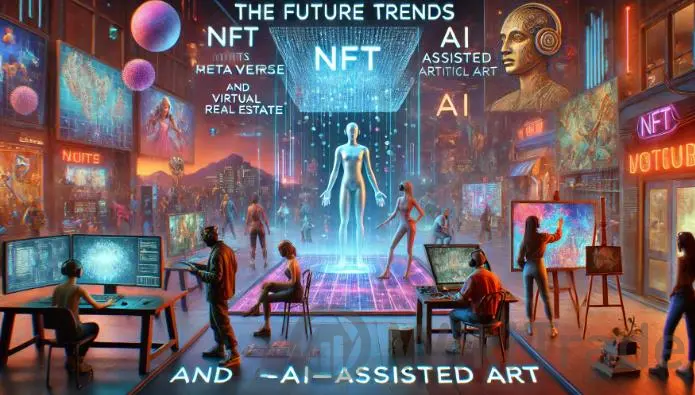
The Rise of Emerging NFT Artists
More than ever before, the digital art world is becoming a more welcoming space for new artists who can showcase their work on many platforms. Communities are forming around them that wish to be involved in the narrative in its early stages of development. The ability to now put together a body of work that can be proven via blockchain, through whatever platform, gives those artists an incredible starting point. More sites may start popping up with various curation methods and philosophies. Some open-source tokens will follow. More than ever before, the story is in the artist's or collectors hands.
This begs the question: what characterizes an NFT newbie artist? For those who are unsure, these are creators at the beginning of their careers in digital art. While they may not be household names quite yet, they're gaining ground with their unique styles due to the innovative applications of NFT technology. As for well-known figures in the art industry, emerging NFT artists do not have big galleries to showcase their work and attract followers. Instead, they use social media presence and community participation to increase their reach.
One reason why attention is drawn towards emerging NFT artists is their readiness to experiment. While traditional artists are bound to conform to set standards, these artists can freely delve into genres such as generative art, AR-enhanced designs, and multimedia collaborations. Their work can be in the form of GIFs, 3D rendered art pieces, animated clips, and even interactive experiences — making way for the acceptance of a more immersive kind of digital artistry.
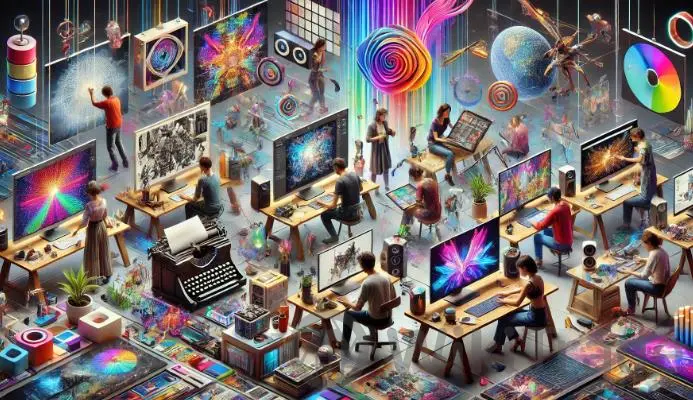
Consider artists such as Pak or FEWOCiOUS. The two were not-so-long names that were not widely known, but thanks to the social media platforms, innovative projects, and of course NFT marketplaces they gathered very big audiences. Now their works are valued in millions, but some time ago they were just another name among many digital creators.
The democratization of art is this key. For the decentralized platforms, these emerging artists can pass by the traditional gatekeepers and get in front of a global audience directly. In terms of investors, this means more transparency and accessibility. Instead of investing in someone already famous, you can discover and support the next big thing before the rest of the world does awareness is placed on it.
Key Platforms for Emerging NFT Artists
Knowing where to find emerging NFT artists is the first step in getting ahead as an investor. Sure, social media platforms like Twitter and Instagram can provide some insight into upcoming trends. But, the real action happens on dedicated NFT marketplaces. Here is a breakdown of the top platforms where these artists are thriving:
OpenSea:OpenSea is the biggest NFT marketplace, and a breeding ground for new artists is OpenSea. Creators from around the world can mint and sell their works here at very low entry barriers, which results in an extensive range of art forms for collectors to explore.
Variable: Allowing creators full control over their royalties created an environment much more favorable to artists. Consequently, many emerging artists are turning to Rarible, to make sure they are paid fairly for future sales.
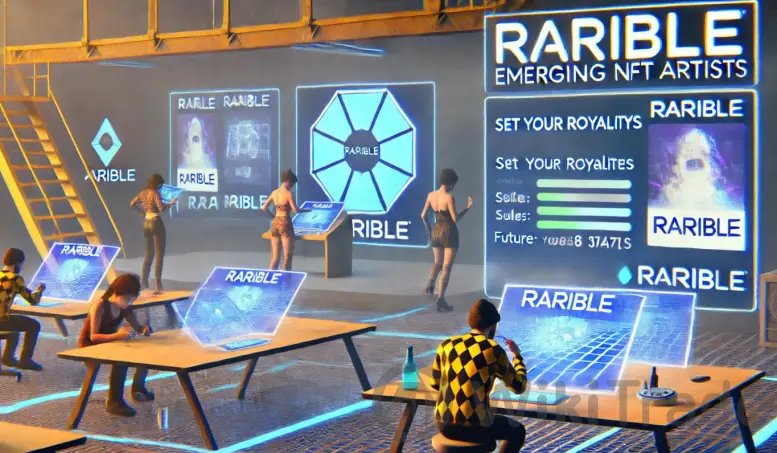
Foundation: More exclusive than OpenSea but also a curator of fine art, giving in return emerging artists visibility—it has become known for introducing some of the most interesting fresh talents in the NFT space.
SuperRar:SuperRare is known for its emphasis on curation and artistic quality because of which it attracts many collectors looking for high-end, unique works. Getting in as an artist is not so easy, but those who make it are likely to gain a strong following quickly.
These platforms, often community-driven, enable artists to establish direct relationships with collectors and investors. As an investor, its essential to engage with these communities, follow discussions, and be in the know on drops from new artists— many of them announce their work via social media or even Discord channels.
Investment Potential of Emerging NFT Artists
But how do you tell who will be the next million-dollar baby? The investment in emerging NFT artists is both an art and a science—similar to traditional art investments, but with some technological aspects added to it. The following are the factors to consider in evaluating their investment potential:
Scarcity and Uniqueness: Perhaps the most crucial driver of value in the NFT space is scarcity. Artists enjoy higher prices for their work when they produce limited editions or one-of-a-kind pieces. In addition, attention is drawn to works that are created on unique themes or implement the latest technology — like artificial intelligence-generated art.
Social Media Presence: Today, in the digital world, an artist has to be able to engage with their community. It can break their career. Those artists who are in constant interaction with fans and also collectors on platforms like Twitter/ Discord or even Clubhouse generally tend to build a loyal following which directly impacts the demand for their work.
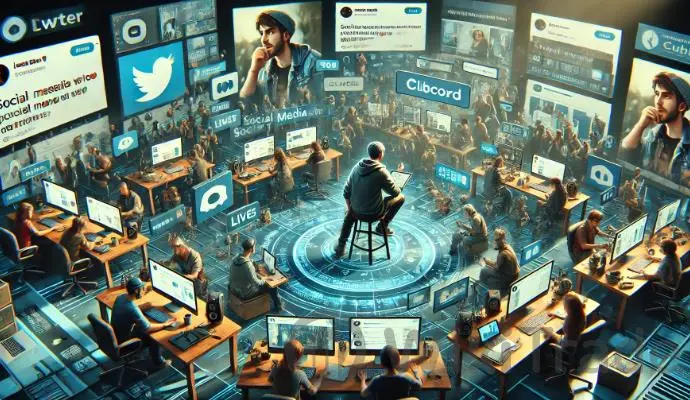
Sales History: Not too many emerging artists have a long track record but reviewing past sales can be telling of the growth potential. Look for volume and price trends that are going up in their NFT sales.
Artistic Style and Innovation: Some collectors look for work that reflects present digital aesthetics, while others want it to be more avant-garde. Investing in an artist whose style resonates with current trends or emerging trends could be a very sound decision. For instance, the following are gaining momentum: cyberpunk-themed digital art and virtual reality-enhanced pieces.
Community Support: NFTs are very community-based. Artists who take part in collaborations with other creators, join NFT groups, or are endorsed by influencers tend to have their reputations grow more quickly.
But investing in art, and digital art especially, requires patience. Some works will not see their value rise for months — if not years. But the potential upside for patient and opportunistic investors can be quite remarkable.
Risks and Challenges for Investors
Although it may be very exciting, the world of emerging NFT artists is not free from risks. The NFT market is highly volatile, and a lot of new creators are testing unknown waters within an unregulated space. Here are some of the key challenges investors should watch out for:
Market Volatility: NFT prices can swing wildly—in many cases, values are driven by broader market trends or waves of hype. This means an artist could find their works going for thousands one day, only to have their value plunge soon after if demand slacks.
Blockchain and Security Risks:Because blockchain technology is by design very secure, problems can come with smart contracts in the minting and transferring of NFTs. Errors in contracts have arisen that cause ownership disputes or even worse scenarios where digital assets are lost entirely.
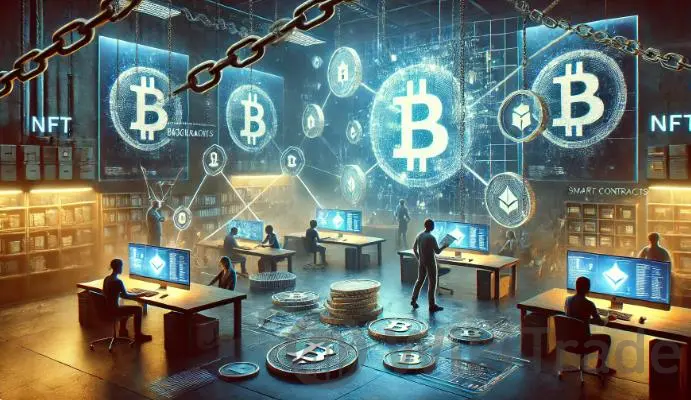
Market Saturation: Every day new artists of NFTs are coming to the space, and the market is getting crowded. It can be difficult to differentiate real talent from passing trends. Vigilant research and involvement within the community go a long way in risk mitigation regarding this.
Future Outlook for Emerging NFT Artists
The outlook for up-and-coming NFT artists seems bullish, with several technological advancements poised to reshape the digital art arena. The integration of Augmented Reality and Virtual Reality with NFTs allows artists to produce immersive and interactive work going beyond the limitations of a digital piece. There is also the prospect of AI-generated art; some artists are using algorithms to create pieces that develop and alter throughout various points in time.
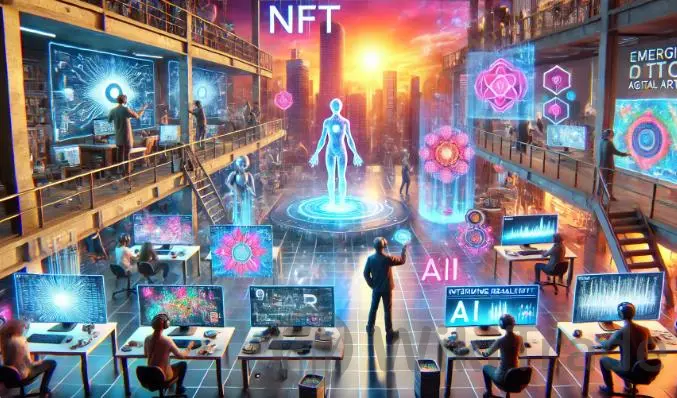
Also, with the maturing of blockchain technology, we might see new ways for artists and collectors to interact with NFTs including fractional ownership or integration with metaverse platforms. This could even blur lines between the digital and physical worlds and offer that much more ingenuity to artists as well as investors.




Top News
 WikiTrade
WikiTrade WikiTrade
WikiTrade WikiTrade
WikiTrade WikiTrade
WikiTrade WikiTrade
WikiTrade WikiTrade
WikiTrade WikiTrade
WikiTrade WikiTrade
WikiTrade WikiTrade
WikiTrade WikiTrade
WikiTrade


